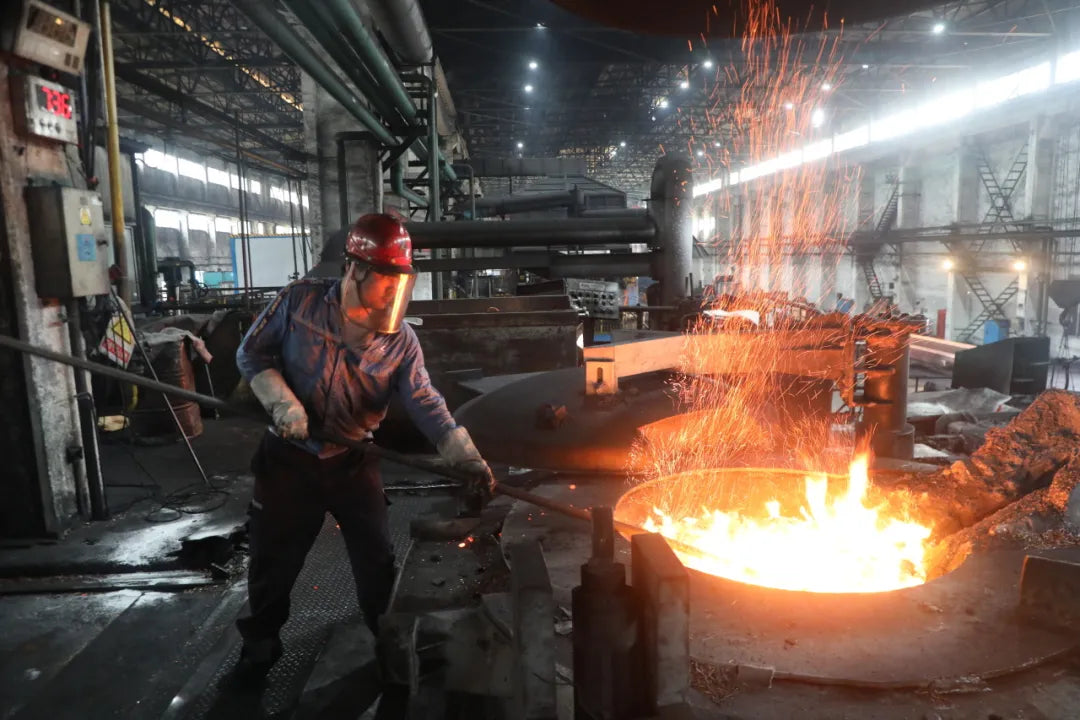Atomization in powder metallurgy is an important process that involves converting molten metal into fine particles using a high-speed jet of liquid or gas. This method is widely used due to its ability to produce powders with controlled particle size and shape, which is essential for a variety of applications in the manufacturing industry. Atomization ensures that the resulting metal powder has uniform properties, making it suitable for subsequent processing steps such as compaction and sintering.
Atomization methods in powder metallurgy:
Water atomization: High-speed water flow is used to break up the molten metal into particles. This method can produce large quantities of powder, ranging from 10 kg to 10,000 kg per batch.
Gas atomization: Inert gases such as nitrogen, helium or argon are used to disperse the molten metal into fine particles. This method is particularly effective for producing powders with precise particle sizes.
Process steps after atomization in powder metallurgy:
Mixing and stirring: The powder is mixed with other ingredients such as binders and lubricants to improve its properties and meet the requirements of specific applications. Techniques such as rotating drum, double cone and blade mixers can be used.
Compaction: The mixed powder is pressed into the desired shape using a mechanical, hydraulic or isostatic press.
Sintering: The compacted powder is heated, usually under controlled atmospheric conditions, to bond the particles together without melting. This step enhances the strength and integrity of the component.
Applications and Benefits of Powder Metallurgy Atomization:
Atomization technology is versatile and can be applied to a wide range of metals and alloys, making it an essential process for industries that require precision metal parts.
Atomization is particularly useful for producing small, complex parts where conventional casting is inefficient or impractical.
The process can also produce porous materials and alloys that are difficult to produce by other methods.
In summary, atomization plays a key role in powder metallurgy, producing high-quality metal powders with customized properties. This process is essential for the efficient production of a wide range of metal parts and has greatly promoted the development of metal technology and applications.


Share:
Atomization Process in Powder Metallurgy Based on Satellite Powder Technology
Practical Application of Blending in Powder Metallurgy